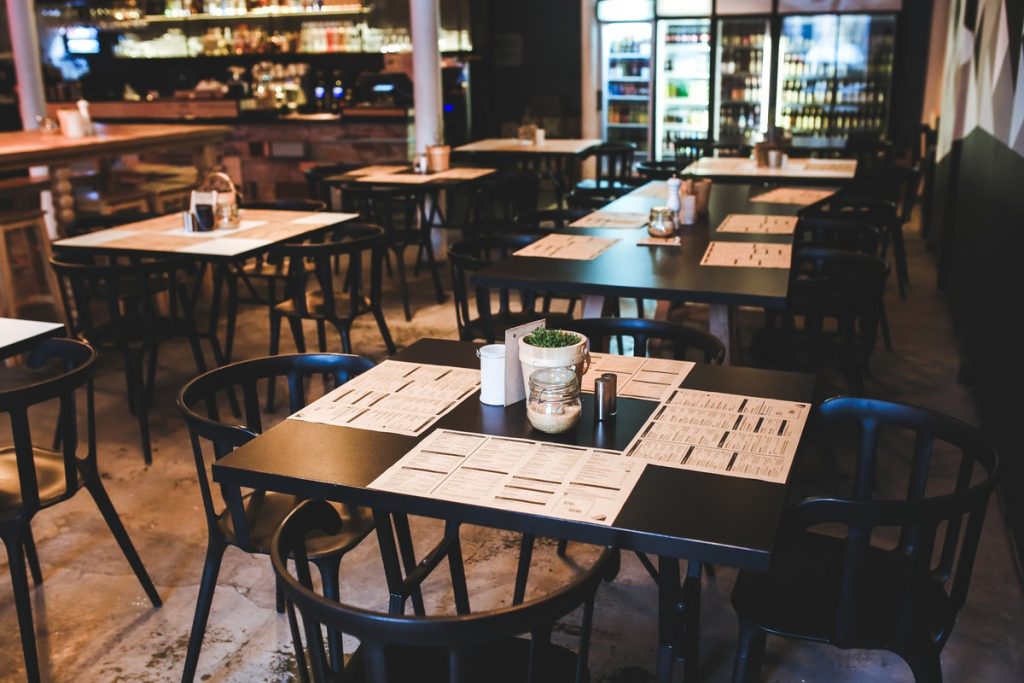Sustainability has become an essential issue in the restaurant industry in recent years. Restaurants that want to remain successful must find ways to be more environmentally and economically sustainable. There are many benefits to running a sustainable restaurant, including reducing costs, attracting customers, and improving your bottom line.
There are many reasons why customers might choose to eat at a sustainable restaurant. Some people may be interested in the environmental benefits of sustainability. In contrast, others may be more interested in the food itself. Sustainable restaurants often offer healthier and more sustainable options than traditional restaurants. They also tend to be more ethical and responsible businesses, which can attract customers who care about their food choices’ social and environmental impacts.
There are several things you can do to make your restaurant more sustainable. Here are some tips to get you started.
Conserving Energy and Water in the Restaurant
One of the most important things you can do to make your restaurant more sustainable is to conserve energy and water. There are several ways to do this.
Install energy-efficient appliances that use less energy and water than traditional appliances. This can help you save money on utility bills and reduce environmental impact. Choose appliances with an Energy Star certification from the U.S. Environmental Protection Agency (EPA).
Install low-flow fixtures, such as low-flow toilets and faucets. This can help you save water and money on your water bill.
Educate your staff about the importance of conserving energy and water. Make sure they understand how to use the new appliances and fixtures properly. Encourage them to turn off lights and appliances when they are not in use and not to leave faucets running.
Implement policies that encourage customers to conserve energy and water. For example, you could offer discounts for customers who bring their reusable water bottles or coffee mugs.
Consider alternative energy sources, such as solar power or geothermal energy. This can help you reduce your reliance on fossil fuels and lower your carbon footprint.
Reducing Waste in the Kitchen
Food waste is a major problem in the restaurant industry. In the United States, food thrown away by restaurants totals about 22 to 33 billion pounds every year. This is not only wasted food but wasted money and resources as well.
There are several things you can do to reduce food waste in your restaurant.
Source your food from local farms and producers. This can help you get fresher food that is less likely to go bad. It also supports the local economy and reduces your carbon footprint.
Only buy the amount of food you need. This can help you reduce your food waste and save money on your grocery bills.
Compost your food waste. This can help you reduce your waste and create a valuable resource for your garden or farm.
Arrange for a brown grease and yellow grease pickup service. Brown grease is the waste oil from frying foods. Yellow grease is the waste oil from cooking meats. These can be recycled and used to make biodiesel fuel.
Educate your staff about food waste and how to avoid it. Make sure they understand the importance of only ordering and preparing the amount of food that will be eaten. Encourage them to find creative ways to use leftover food, such as making soup or composting it.
Encourage customers to take home their leftovers. This can help you reduce your food waste and give your customers a delicious meal for another day.
Reducing Pollution from the Restaurant
Air pollution, water pollution, and noise pollution are all problems that restaurants can contribute to. There are several things you can do to reduce the pollution from your restaurant.
Install exhaust fans and filters in the kitchen to reduce air pollution. Use eco-friendly cleaning products to reduce water pollution.
Educate your staff about the importance of reducing pollution. Make sure they understand how to properly use the exhaust fans and filters. Encourage them to use eco-friendly cleaning products you provide. Urge them to carpool or take public transportation to your restaurant. This can help reduce traffic and pollution from cars.
Choose environmentally friendly building materials, such as recycled glass or bamboo, for your restaurant. This can help you reduce your carbon footprint.
Serving Sustainable Food
The food you serve in your restaurant can have a major impact on the environment.
Choose sustainable seafood. Sustainable seafood is caught or farmed in a way that does not damage the environment. The Marine Stewardship Council (MSC) offers a certification for sustainable seafood. Look for this logo when you are buying seafood for your restaurant.
Serve organic food. Organic food is grown without the use of chemical pesticides or fertilizers. This can help you reduce your restaurant’s pollution and carbon footprint.
Support local farmers. Buying food from local farmers supports the local economy and reduces pollution from transportation. Cook with fresh, seasonal ingredients. Fresh ingredients are less likely to be spoiled and don’t require as much energy to transport.
These are just a few of the ways you can make your restaurant more sustainable. By taking these steps, you’ll be doing your part to protect the environment and build a more sustainable future for all.
